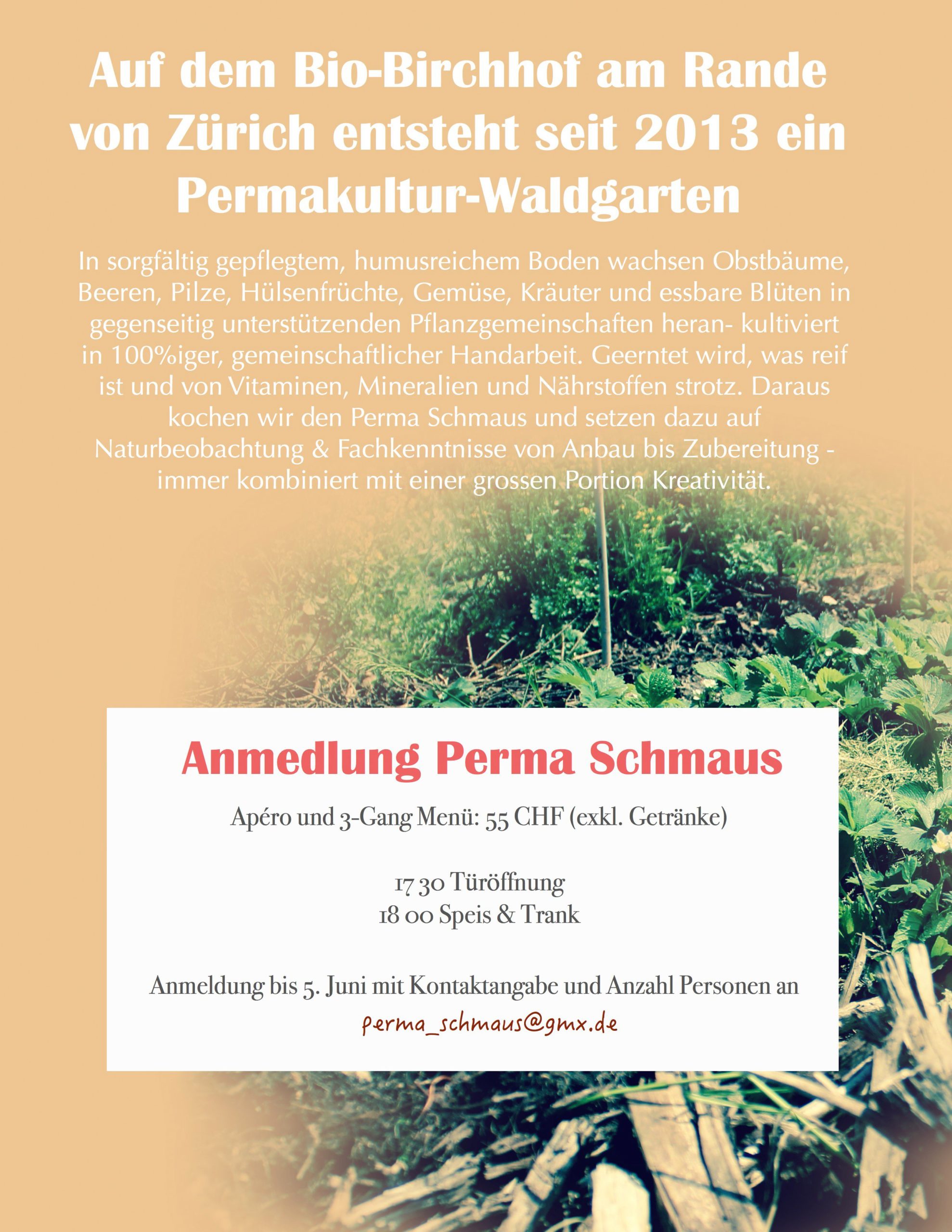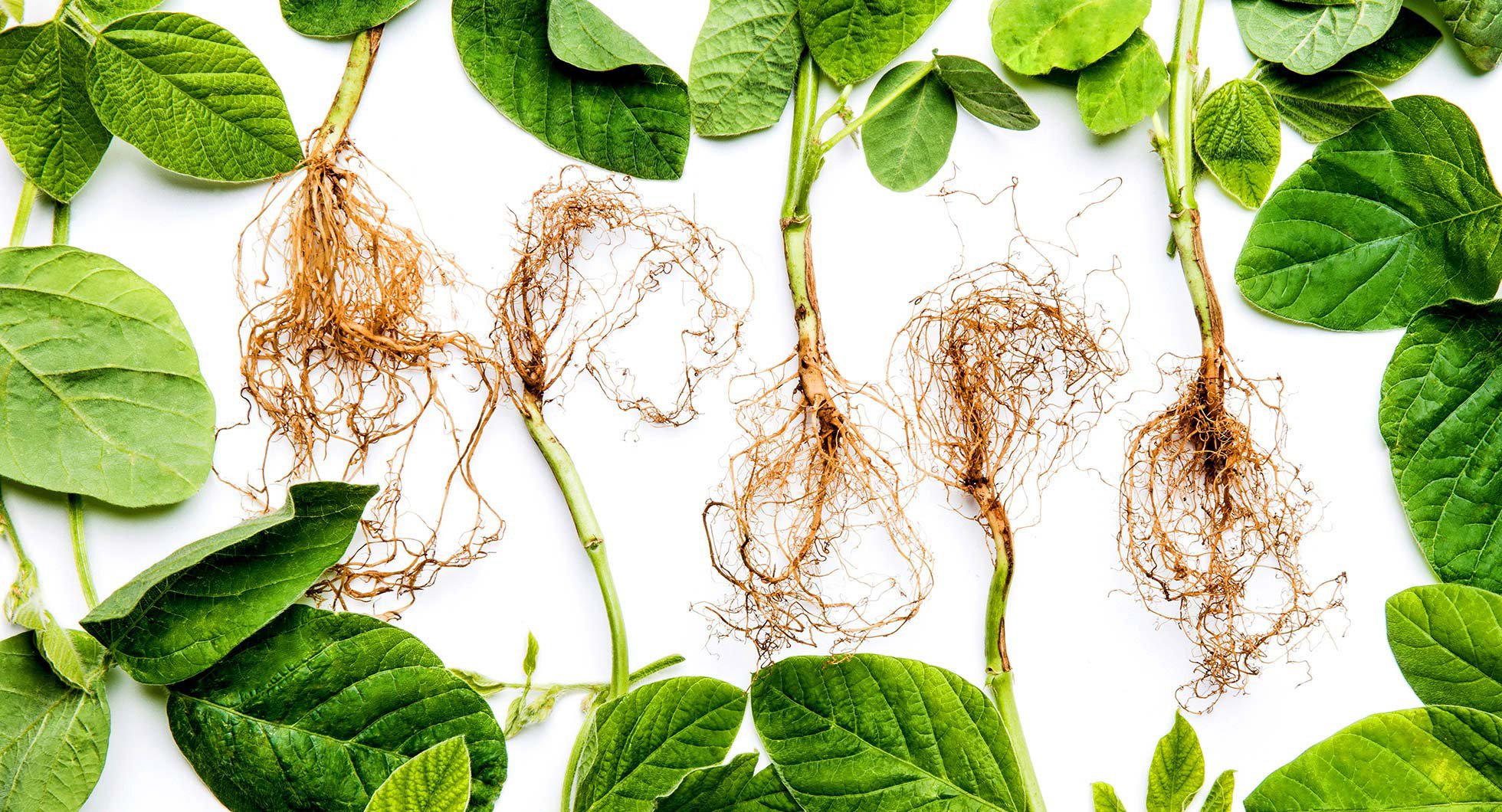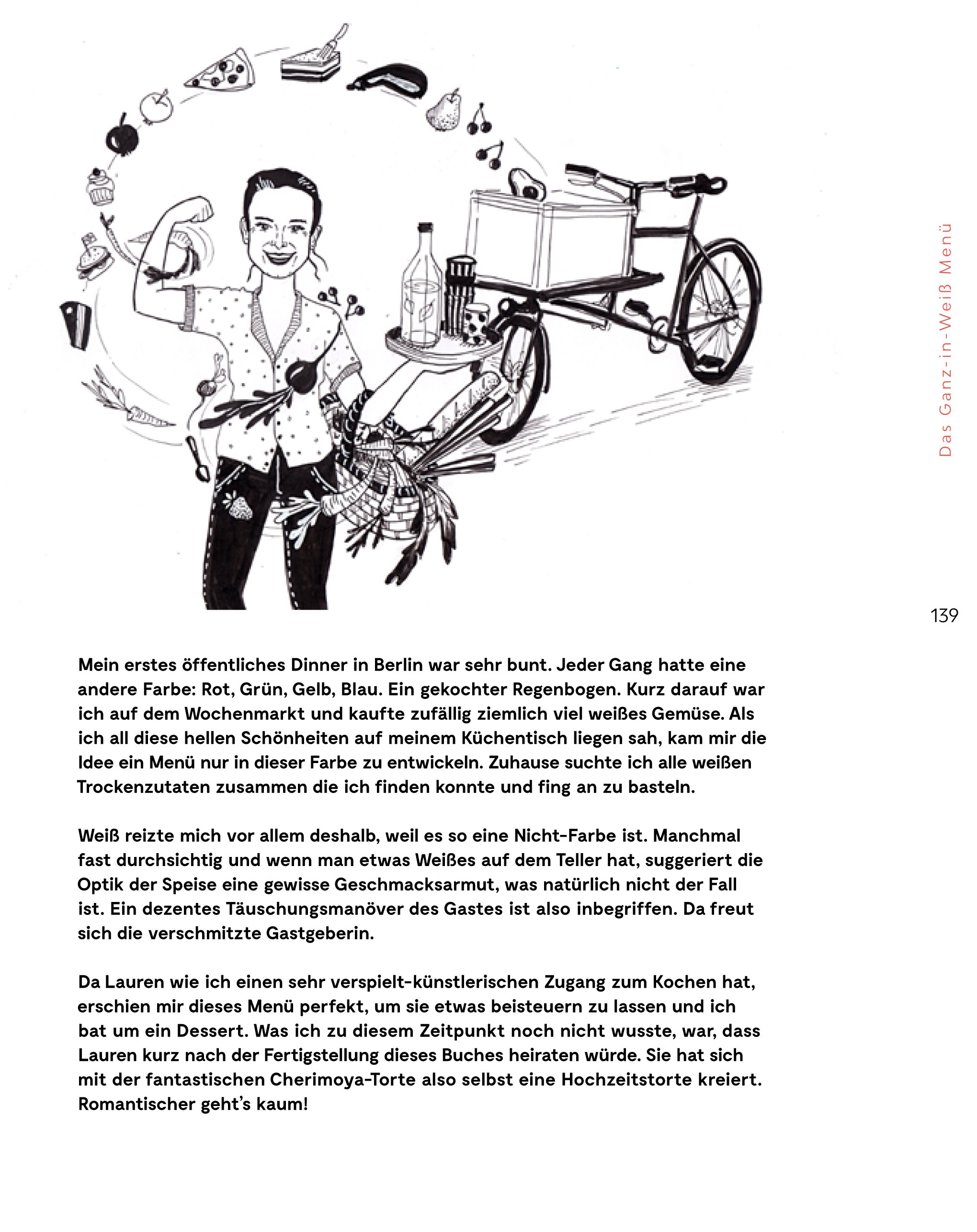
More information about the event and registration right here.

Once again this year, a fantastic vegan August 1st buffet awaits you at Hof Narr.
This time, Vlowers(https://www.vlowers.ch), Hello Vegan(https://www.hellovegan.ch) and Hof Narr are teaming up to bring you a firework display of delights!
Let’s feast together, get in touch with the wonderful animals and create a peaceful future together.
Price per person for buffet à discrétion incl. Drinks
Adults: CHF 65 per person
Children Children from 5 to 16 pay 2 francs per year of age
Godmothers and godfathers: CHF 45
The brunch starts at 11 am – you are welcome to come later, there will be enough on the buffet 😉
Registration at zukunft@hof-narr.ch (it may take a while for this to be confirmed).
Please state first and last name and number of persons (adults/children).
Parking spaces are very limited, if possible travel by public transport (3 minutes from Hinteregg stop)
As soon as the event is sold out, we will announce this on the homepage at http://www.hof-narr.ch/kultur/. If you are spontaneous, please check there first.
Cordially,
Vlowers, Hello Vegan and the fools
PS: SAVE THE DATE: on July 27, we have Jake Conroy as our guest with an evening talk on the topic: “How do we go into the future with our concerns”, details to follow. The event will be conducted in English, but with the possibility of ad hoc translation of important statements and questions.
Last week, Lauren Wildbolz had the wonderful opportunity to host catering for 70 guests during the Swiss launch of Honest Iced Tea. Her highlight was getting to know the visionary Seth Goldman. He gave her the fantastic news that his company Beyond Meat* was already supplying the first restaurants in Switzerland with Beyond Meat burger patties in July. will supply.
*Beyond Meat
The company Beyond Meat has succeeded in cracking the molecular composition of meat. Beyond Meat offers chicken, beef and, most recently, a burger made from pea protein, beetroot juice, chia seeds and other plant-based ingredients.
Vegan start-up companies are springing up, financed by Bill Gates, Google founder Sergej Brin and financial investor Peter Thiel. These are companies that want to revolutionize the meat market. One of the flagship investments: Beyond Meat. The founders want the meat to be followed by something that looks and tastes like meat – but comes from vegan production rather than from animals.

The Californian start-up wants to replace animal protein with plant-based protein for the masses. For human health, positive impact on climate change, natural resources and respect for animal welfare.
Their approach is based on the 25/20 principle: The Beyond Meat company aims to reduce global meat consumption by 25 percent by 2020.
Documentary film on the subject:
You are currently viewing a placeholder content from Default. To access the actual content, click the button below. Please note that doing so will share data with third-party providers.
#sethgoldman #laurenwildbolz #bluehorizon #beyondmeat #whatthehealt


You are currently viewing a placeholder content from Default. To access the actual content, click the button below. Please note that doing so will share data with third-party providers.
Review vom Samstag, 26. Mai, 10.30–14.30 Uhr
«Kochen ist ein kreatives Werkzeug, um die Welt zu verändern!» Lauren Wildbolz führte in zukunftsweisende Ernährungstrends ein. Ihr Wissen und ihr Engagement für das Thema vegane Ernährung sind wegweisend für den Umgang mit Lebensmitteln aus naturnahem, umweltschonendem Anbau und Gebrauch – und regten zum Nachdenken an. Lis Mijnssen gab Einblicke in die Praxis und Erfahrung ihrer gelebten Philosophie – ökologisch, biologisch, vegan und bewusst gegenüber Mensch und Umwelt.
Zum anschliessenden Diskurs geniessten die Gäste ein reichhaltiges veganes Nomadenfrühstück und lernten die beiden Exponentinnen persönlich kennen.


Register by 5.6 by e-mail here: perma_schmaus@gmx.de
 Statement from Pat O. Braun, CEO & Founder of Impossible Foods
Statement from Pat O. Braun, CEO & Founder of Impossible Foods
The core of Impossible Foods’ mission is to stop the exploitation of animals in the food system and reduce the enormous destructive impact of animal agriculture and fishing on the environment, including wildlife and the ecosystems on which they depend. Among the thousands of species the World Wildlife Fund studies every decade, the total number of living wild animals is less than half what it was 40 years ago. This loss of wildlife is primarily due to the exploitation of animals for food, including hunting, fishing and, above all, the replacement of habitats with livestock.
The billions of people around the world who love meat, fish and dairy will not be convinced to stop consuming these foods by advocating, arguing or encouraging a plant-based diet. This has been tried and the demand for these foods is rising even faster than population growth. And none of the vegan products on the market that claim to replace meat have had a significant impact on the demand for meat from animals. Vegans and vegetarians may love them, but meat lovers avoid them.

Impossible Foods believes the solution is to produce meat that delivers the taste, flavors, textures and juiciness of meat without compromise, but without using animals – directly from plants. This is a hard scientific problem that has forced us to understand meat better than it has ever been understood before. We have discovered something amazing. A simple biochemical answer to the question: Why does meat taste like meat? It is heme*, the same iron-containing molecule that transports oxygen in the blood and makes it red. Heme* is essential for all life on earth, but animal tissue – meat – contains heme* in concentrations hundreds to thousands of times higher than any vegetable. With heme* we can produce meat that meat lovers cannot recognize as anything other than meat; half of the meat lovers who taste it in blind tastings not only believe that it is meat from a cow, but actually prefer it to meat from a cow. This is a major scientific breakthrough that will transform the global food system by allowing us to produce the meat that meat lovers crave without using animals. You can’t make meat without heme*. But if we can make heme* without animals, then we don’t need animals to make meat.
 The next challenge was to develop a safe and scalable method to produce heme in the huge quantities required to replace the huge amounts of meat from animals without using animals. We have found a way to do this using yeast that has been modified with a gene from a plant. Interestingly, the “vegetable rennet” or “vegan rennet” that has replaced calf rennet in 90% of the world’s cheese production is produced in the same way using genetically modified yeast.
The next challenge was to develop a safe and scalable method to produce heme in the huge quantities required to replace the huge amounts of meat from animals without using animals. We have found a way to do this using yeast that has been modified with a gene from a plant. Interestingly, the “vegetable rennet” or “vegan rennet” that has replaced calf rennet in 90% of the world’s cheese production is produced in the same way using genetically modified yeast.
Although our heme* is completely identical to the heme* in animal meat and the heme* in your blood, it is a new way. So we wanted to show consumers and the authorities that regulate food ingredients – the FDA and its counterparts in other countries – that our heme* is completely safe for human consumption. And we believed that there was enough convincing scientific evidence for the safety of our heme* protein (soy leghemoglobin) that no rat tests were needed to conclusively prove its safety.

So in 2014, we submitted extensive data (which did not include rat testing) to an academic panel of food safety experts from the University of Nebraska, the University of Wisconsin Madison, and Virginia Commonwealth University. Based on this data, the panel unanimously concluded that our main ingredient is “generally recognized as safe” or GRAS. Impossible Foods has thus been complying with the statutory food safety regulations since 2014.
In addition, we have voluntarily chosen to make our data, including the unanimous conclusion of the food safety experts, available to the FDA through the FDA’s GRAS Notification process. The FDA reviewed the data and had some questions. To address them, we have carried out additional tests. It is industry standard to conduct rat feeding studies to show that a food ingredient is non-toxic and safe; most companies submitting a GRAS notification to the FDA include tests that use animals as subjects.
I personally abhor the exploitation of animals not only in the food system, but also in testing and research. In my 3-year career in biomedical research, I have always avoided using animals in experiments and developed new experimental methods to eliminate the incentive for their use. And I have been a vegetarian for more than 40 years and have completely avoided animal products for the last fourteen years.
 But we were faced with an agonizing dilemma: we knew from our research that heme* is essential for the sensory experience of meat lovers. Replacing animals in the diet of meat lovers would absolutely require heme*. So without the rat experiment, our mission and the future of billions of animals whose future depends on its success was thwarted. We have chosen the least offensive of the two options available to us.
But we were faced with an agonizing dilemma: we knew from our research that heme* is essential for the sensory experience of meat lovers. Replacing animals in the diet of meat lovers would absolutely require heme*. So without the rat experiment, our mission and the future of billions of animals whose future depends on its success was thwarted. We have chosen the least offensive of the two options available to us.
We have designed the study so that it will never have to be carried out again. We used the minimum number of rats necessary for statistically valid results. Before conducting our rat test, we carefully screened the test companies and selected those with the most humane practices. We sought advice from many sources to ensure that we chose the test lab with the best record of humane practices and carefully specified the most humane handling, testing and housing practices without compromising the test. As expected, there were no adverse effects from consuming leghemoglobin, even at levels far greater than any human would ever consume.
No one is more committed or works harder to eliminate the exploitation of animals than Impossible Foods. Avoiding the dilemma was not an option. We have made the choice that anyone who sincerely cares about reducing the suffering and exploitation of animals should make. We hope we never have to face such a choice again, but choosing the option that promotes the greater good is more important to us than ideological purity.
Pat O. Brown
CEO & Founder of Impossible Foods
*Leghaemoglobin
Translated with www.DeepL.com/Translator
All pictures from Impossiblefoods
 Celebrate the opening of this very special place with Birdhaus. Connect in conversation, practice yoga, enjoy something to eat, have a coffee, relax or go straight to work.
Celebrate the opening of this very special place with Birdhaus. Connect in conversation, practice yoga, enjoy something to eat, have a coffee, relax or go straight to work.
The Birdhaus is a member-oriented women’s club and coworking space. Founder Michelle has created a beautiful and functional environment where you can spend your days daydreaming, socializing or getting down to work. Membership is limited, and the application process ensures that the group has an inclusive space with women from all interests and industries.
Preview Week Schedule

Follow Birdhaus on Instagram @birdhaussocial

Lauren Wildbolz’s cherimoya tart in the cookbook Vegan Queens by Sophia Hoffmann, published by Edel Verlag, 2016.


You are currently viewing a placeholder content from Instagram. To access the actual content, click the button below. Please note that doing so will share data with third-party providers.
More InformationYou are currently viewing a placeholder content from Instagram. To access the actual content, click the button below. Please note that doing so will share data with third-party providers.
More Information